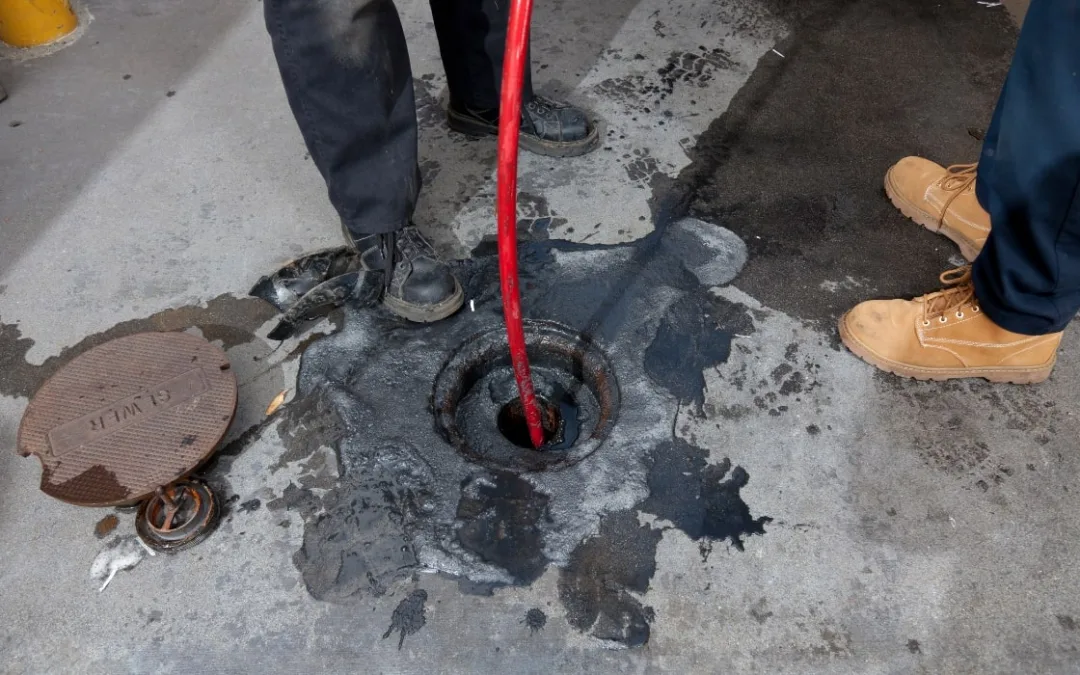Experiencing a sewer backup is a homeowner’s nightmare. Not only is it unpleasant and messy, but it can also cause significant damage to your property and pose serious health risks. Fortunately, many sewer backups are preventable with the right knowledge and care. At NW Sewer and Drain, we’re here to share essential tips to help you avoid this sticky situation and keep your home safe and clean. Let’s dive in!
Regular Sewer Line Inspections
Get to Know Your Sewer System: One of the first steps in preventing sewer backups is understanding the state of your sewer lines. We recommend scheduling regular inspections with professionals like us at NW Sewer and Drain. Using state-of-the-art camera inspections, we can identify potential problems before they escalate.
Mind What Goes Down the Drains
Be Careful with Kitchen Waste: Grease, coffee grounds, and food scraps can clog your kitchen drain and sewer lines. Always dispose of grease in the trash and use a sink strainer to catch food particles.
Toilet Tips: The only things that should go down your toilet are human waste and toilet paper. Even items labeled as “flushable” can cause blockages and backups.
Properly Dispose of Grease and Oils
The Grease Rule: Cooking oils and grease solidify in your pipes, creating blockages that can lead to backups. Instead of pouring them down the drain, collect grease in a container and throw it in the trash.
Install a Backwater Prevention Valve
A Layer of Protection: A backwater prevention valve is installed in your sewer line and allows waste to go out but prevents sewage from backing up into your home. This can be a lifesaver during heavy rainfalls or city sewer overflows.
Maintain Your Sump Pump
Keep It Working: If you have a sump pump, ensure it’s in good working order. Regular maintenance and checks can prevent water from flooding your basement, which can lead to sewer backup.
Landscape Smartly
Root Intrusion: Tree roots can invade and block sewer lines. When landscaping, consider the location of your sewer lines and plant trees away from them. If you have trees near your sewer lines, regular inspection and maintenance are key to preventing root-related blockages.
Upgrade Your Pipes
Old Pipes, New Problems: If your home is older, it may have clay or other porous sewer pipes susceptible to root intrusion and breakage. Upgrading to newer, more durable materials like PVC can prevent many issues down the line.
What to Do If You Suspect a Problem
Act Fast: If you notice signs of a potential sewer backup, such as multiple clogged drains, gurgling toilets, or water backing up in your basement, it’s crucial to act quickly. Contact us at NW Sewer and Drain for an expert assessment and timely intervention. If your pipes need it, we’ll set you up with a hydrojetting service to clean them out and get your pipes flowing as they should!
Let’s Stay Connected
Remember, prevention is always better than the cure. By following these tips, you can significantly reduce the risk of a sewer backup in your home. However, if you ever find yourself facing sewer or drain issues, don’t hesitate to reach out to us. At NW Sewer and Drain, we’re committed to providing top-notch service and peace of mind.
Reach Out to NW Sewer and Drain to Prevent Sewer Backups in Your Seattle Home
If you have questions about preventing sewer backups or need to schedule an inspection or maintenance, we’re here to help. Our team of experts is just a call or click away. Protecting your home from a sewer backup is easier than you think, and we’re ready to assist you every step of the way.
Together, we can keep your sewer lines flowing smoothly and your home safe from the mess and stress of unexpected backups. Reach out to NW Sewer and Drain today, and let’s ensure your home remains a clean, comfortable, and safe space for you and your loved ones.




